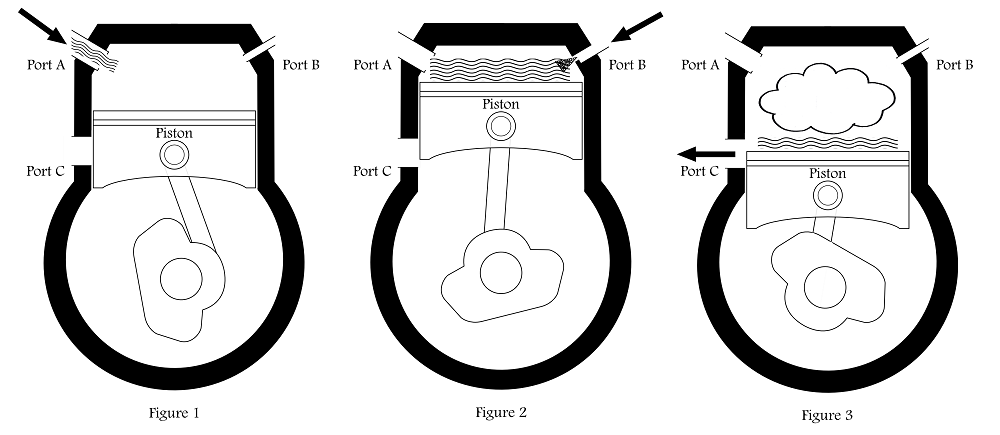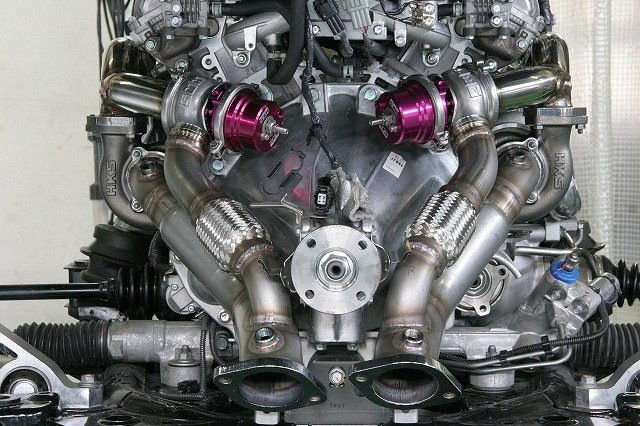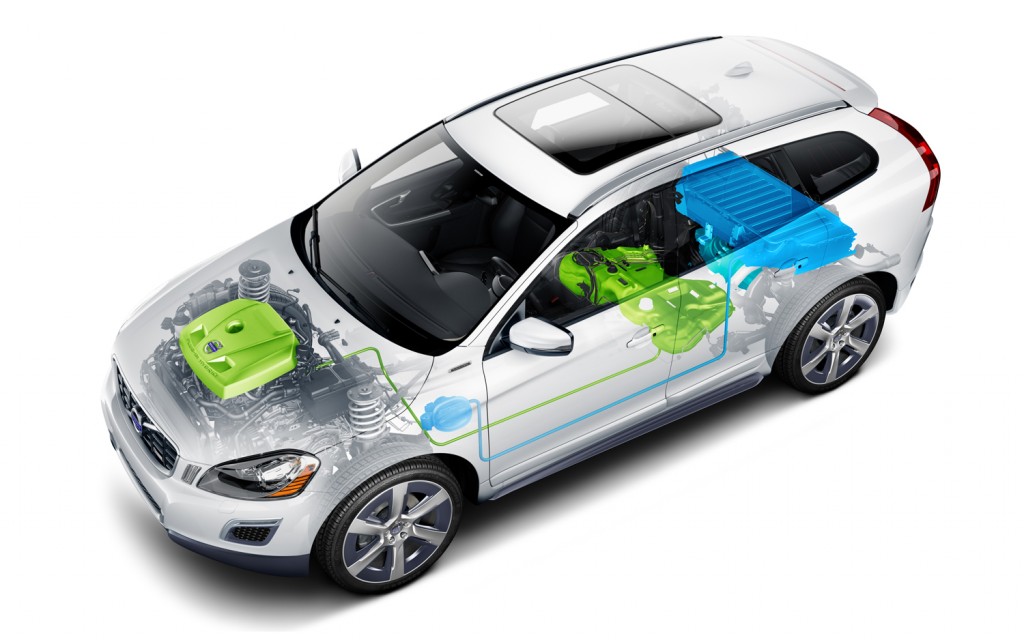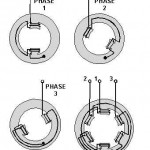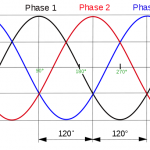A couple of inventors in Missouri have figured out a way to convert combustion engines to run on solar power. Yes, you read that right. They are calling to the Hydro Internal Clean Engine (it’s a play on the common acronym for Internal Combustion Engine). Here is a diagram of how it works from their patent application:
The process involves using a parabolic mirror to focus sunlight in order to super heat oil to somewhere between 400 and 700 degrees Fahrenheit (205 to 371 degrees Celsius). The oil is then pumped into the cylinder of the engine while the piston is at the top of its stroke. A small amount of water is then injected into the cylinder. Once the water makes contact with the hot oil, it’s instantly vaporized into a cloud of steam which has the potential of having 3,000 times the volume. The steam expansion is what pushes the piston down the cylinder and turns the crank. The oil and water are then exhausted out of the cylinder, separated and reused. The brilliance of this idea is that it uses existing engine technology. Their prototype is a converted 31cc two stroke engine from a weed whacker. The overall efficiency isn’t projected to be better than current photovoltaic cells, but the HydroICE Engine will be significantly cheaper. The two inventors are planning to team up with the Missouri University of Science and Technology and Missouri State University to continue development of the HydroICE engine. They’re currently trying to raise money for the research and development on Indiegogo. Here is their investor pitch with a detailed animation of how the HydroICE engine will work featuring a cutaway version of their prototype:
This is one of those simple ideas that makes you bonk yourself on the head and say, “Why didn’t I think of that?” I think it has potential to become a very practical and inexpensive way to harness solar energy once all the details are worked out. If you agree with me, head over to their Indiegogo page and take part in their crowd funding.
Source: Missouri Sustainable Energy LLC via Gizmag

